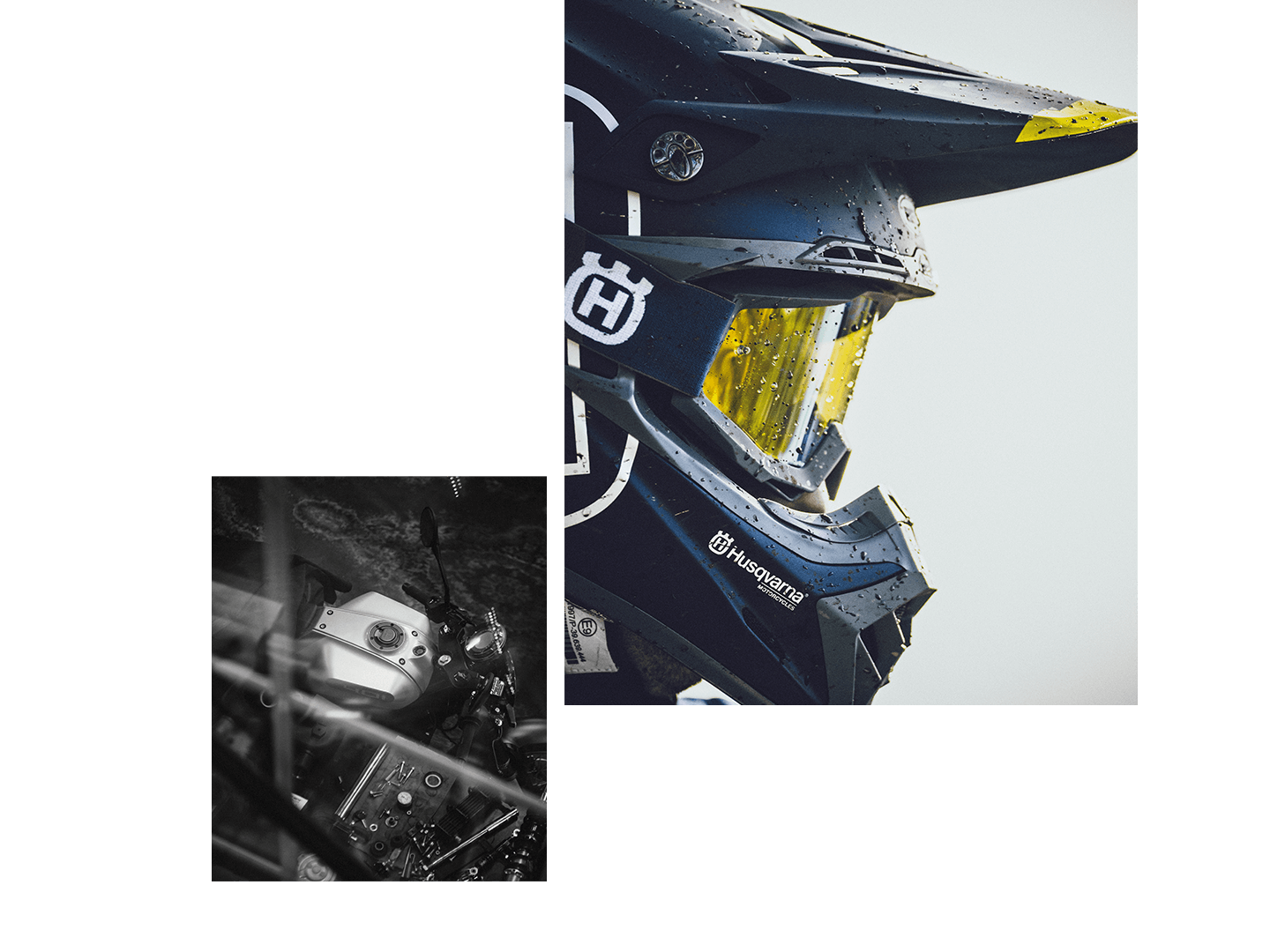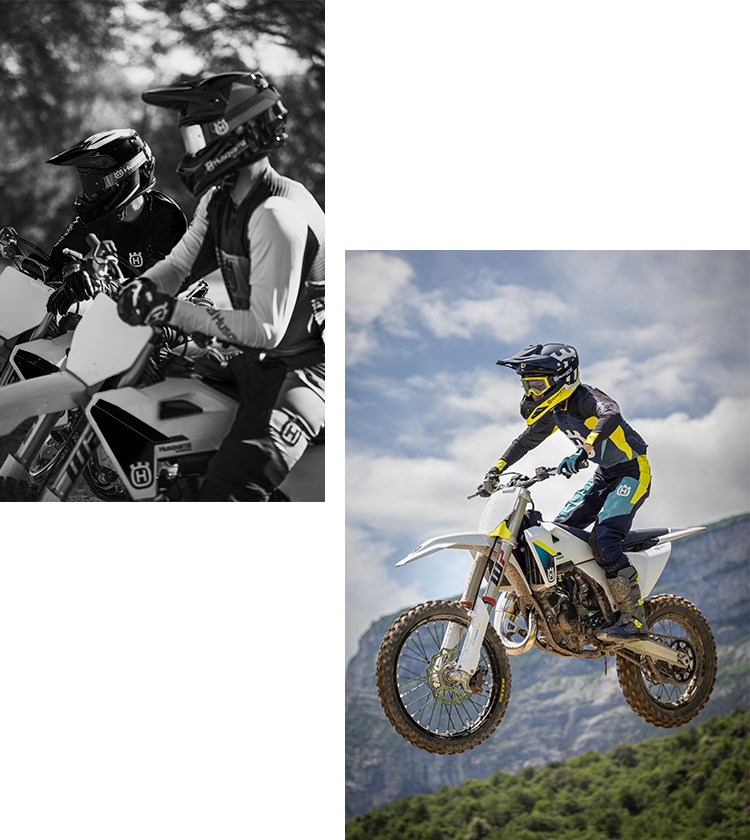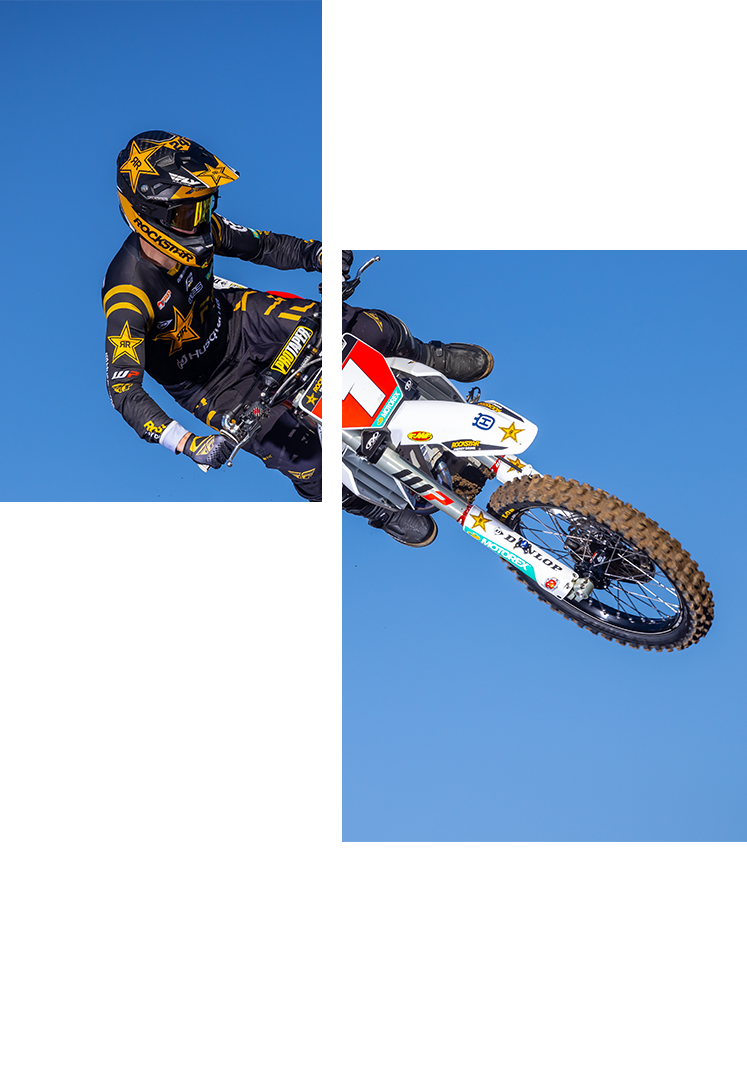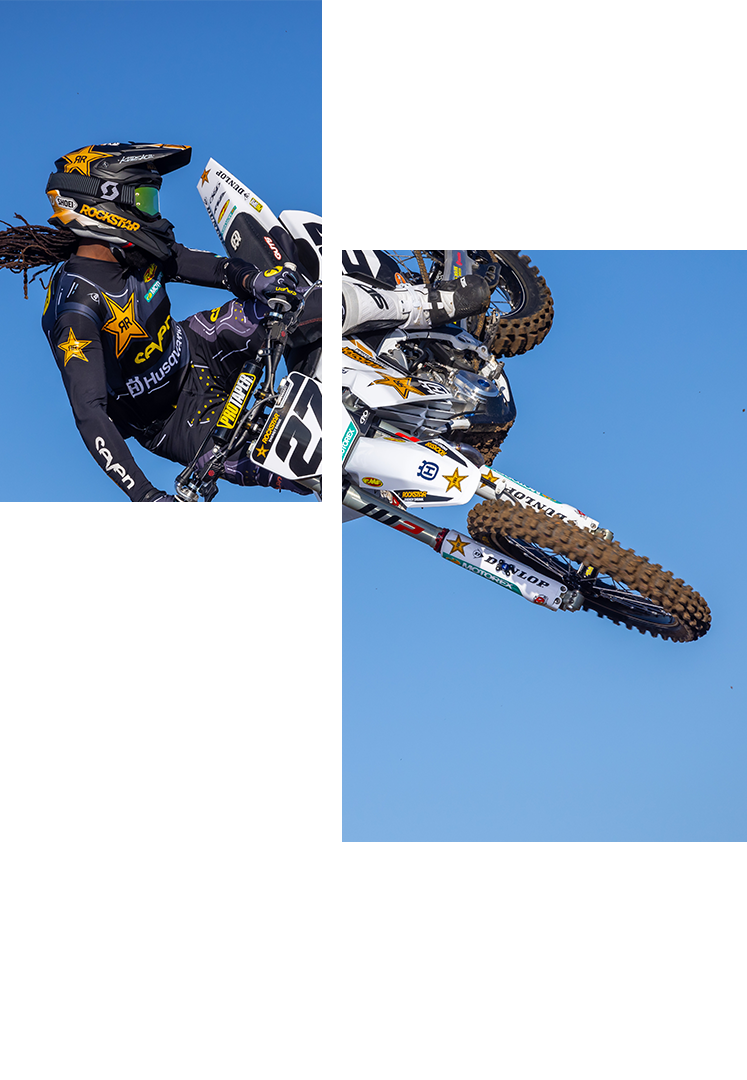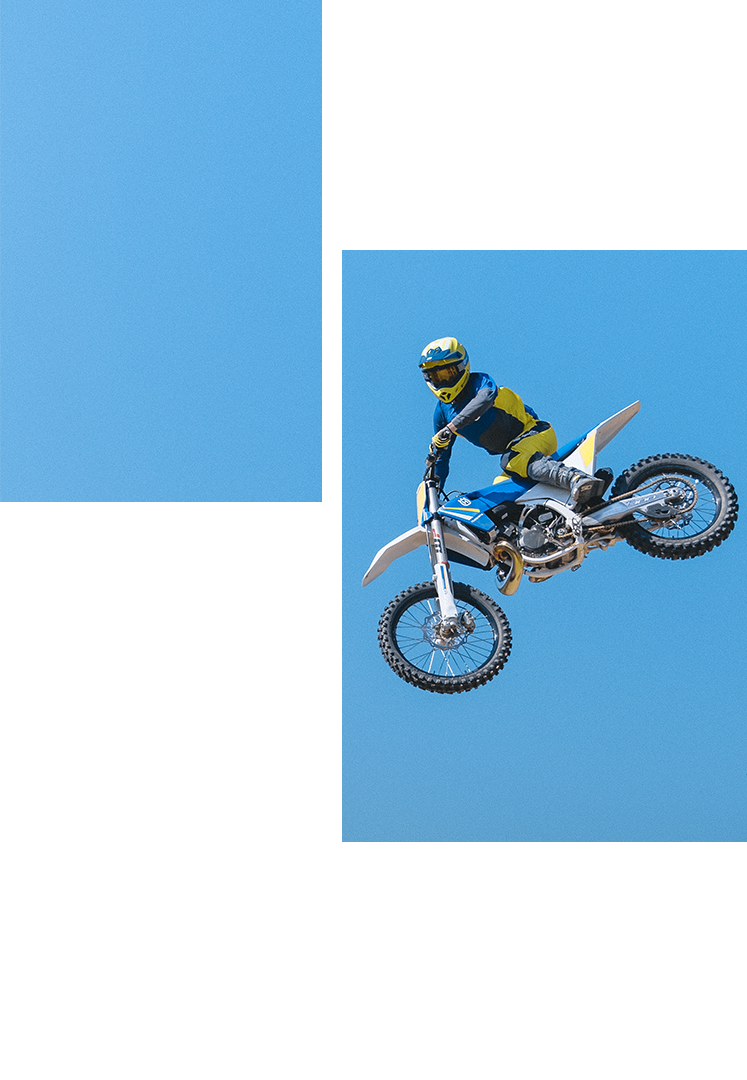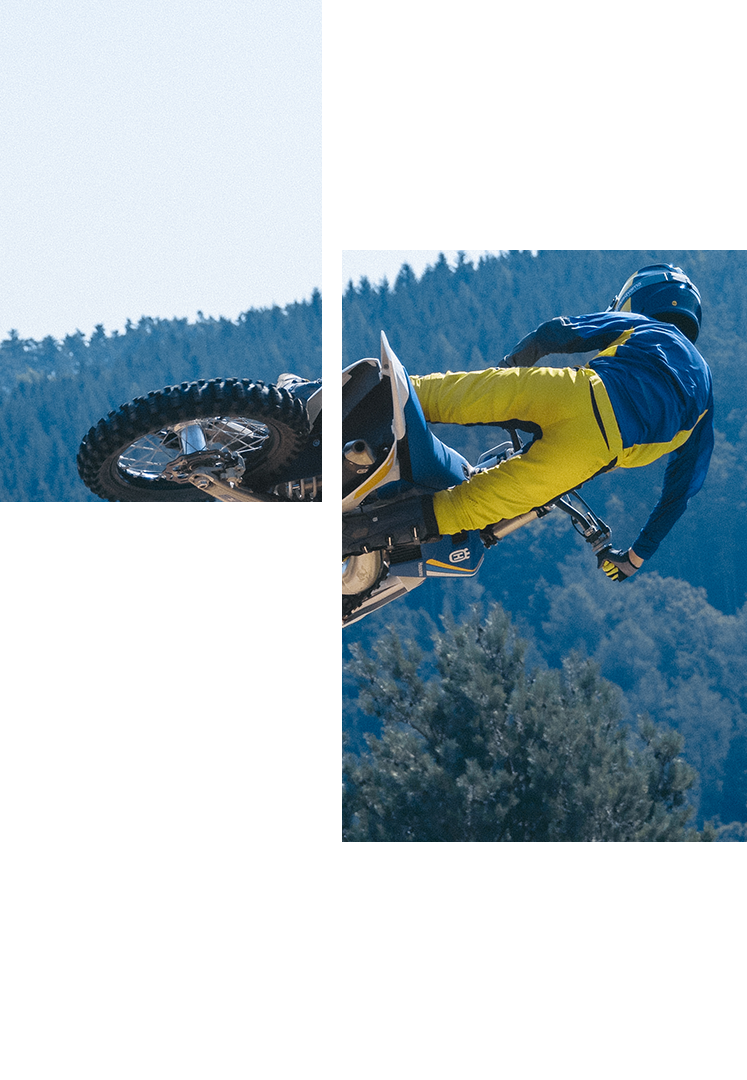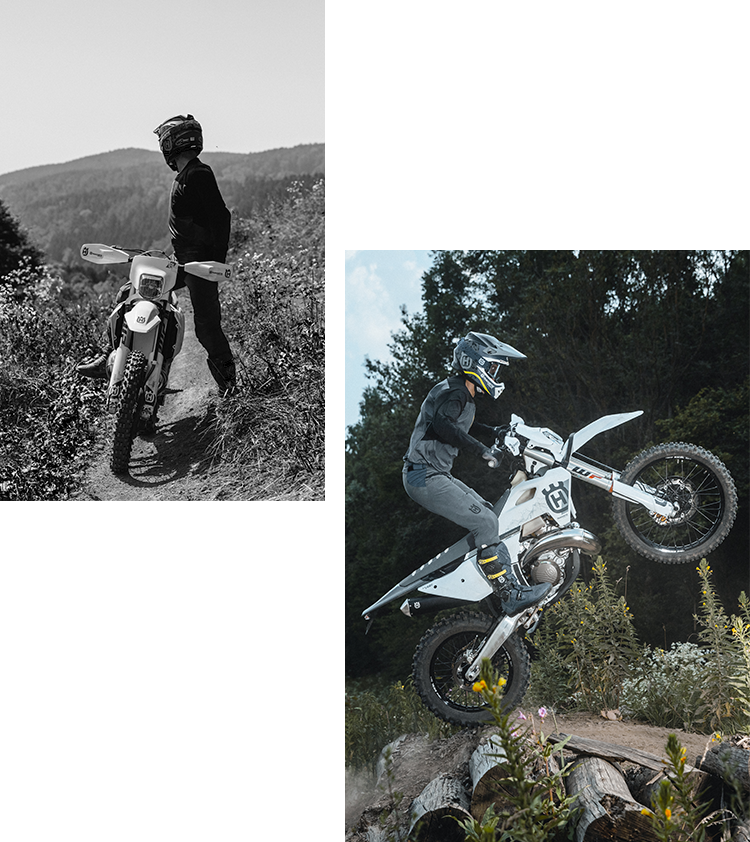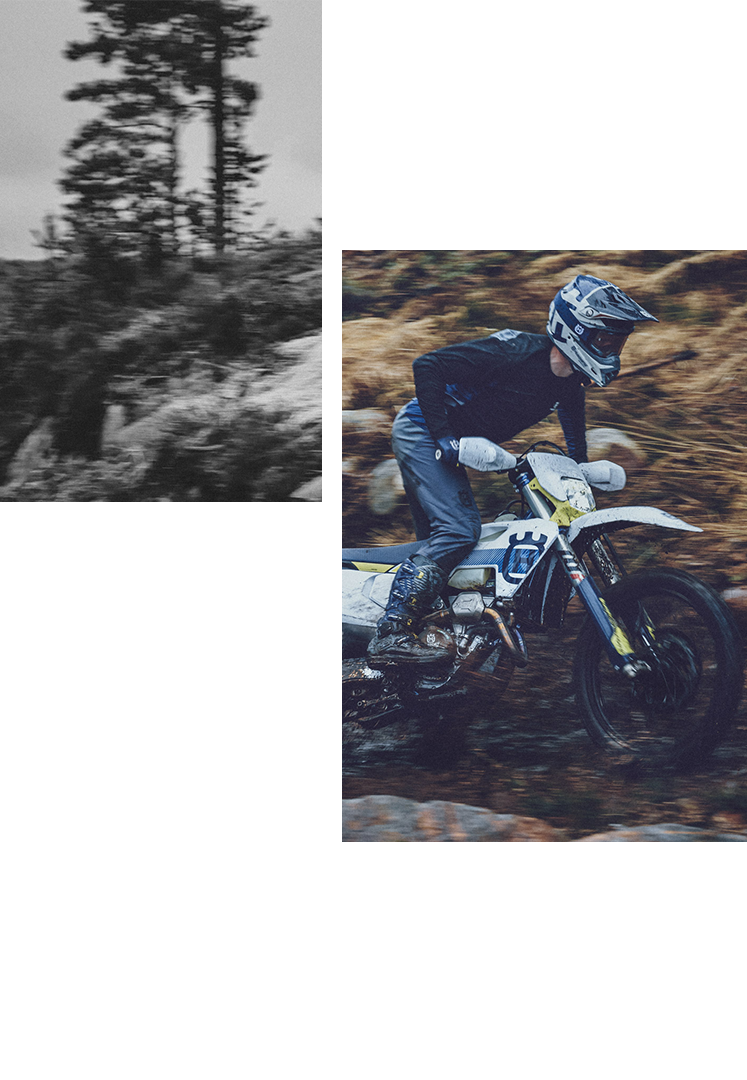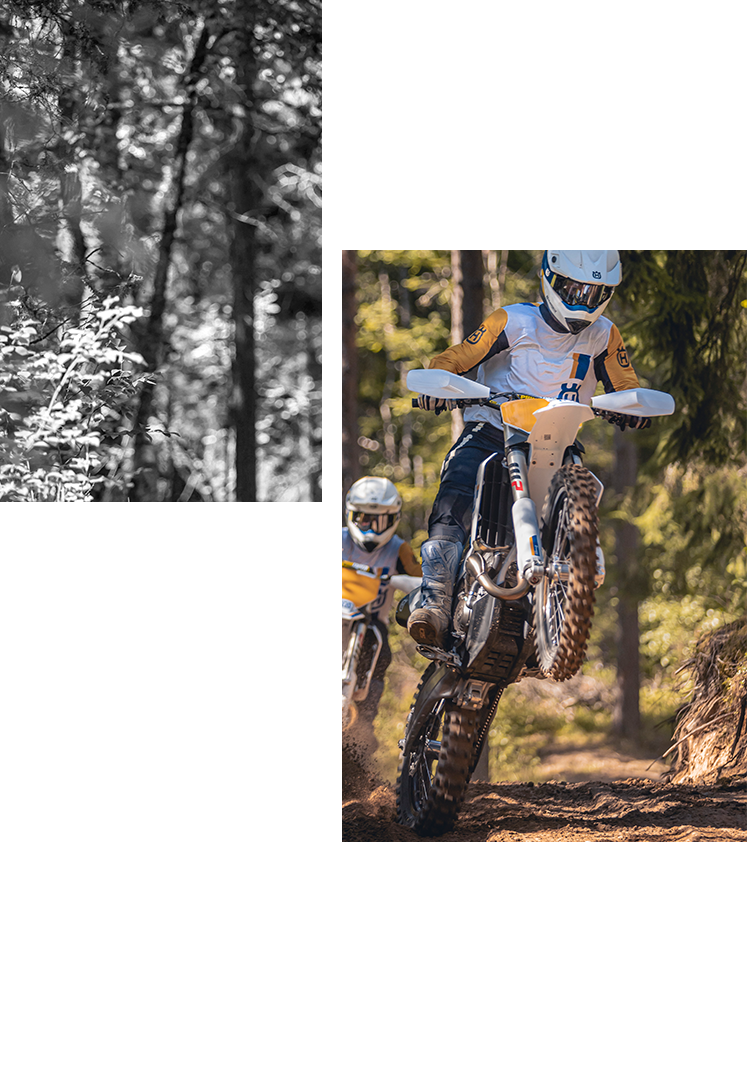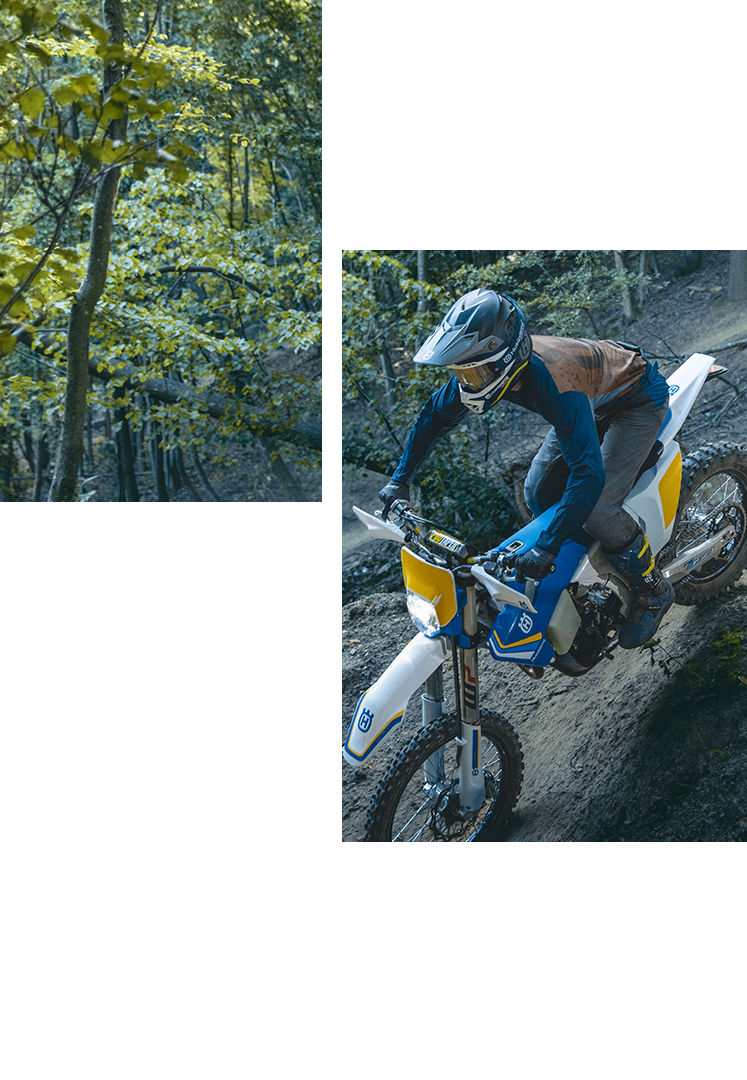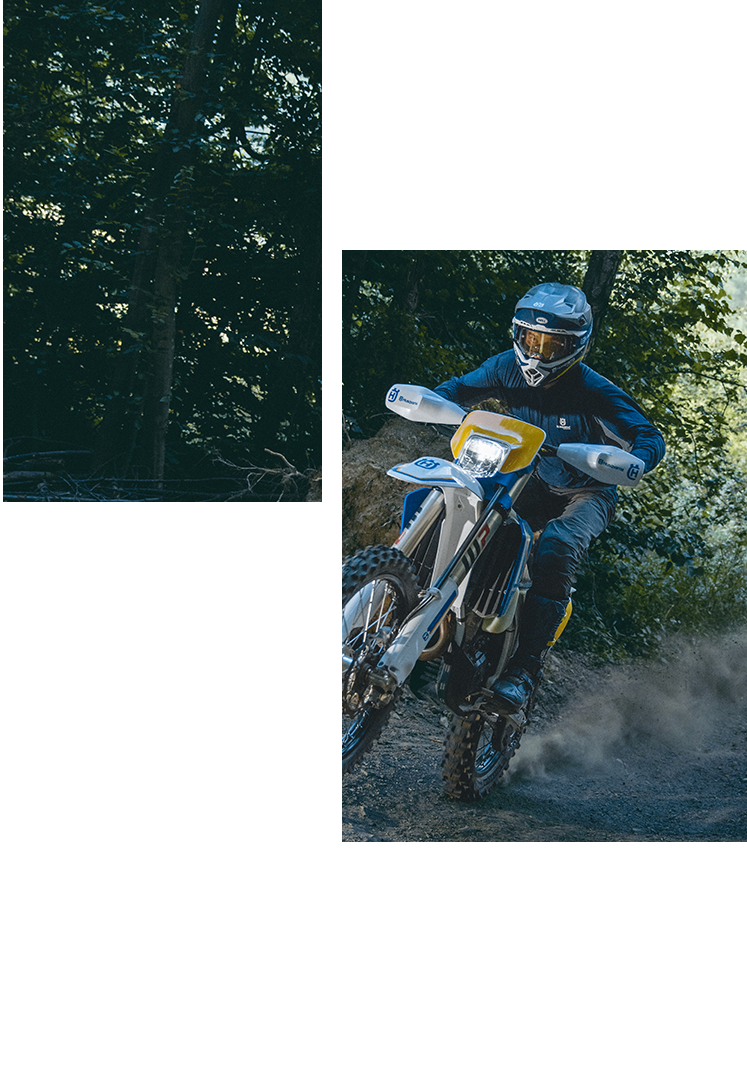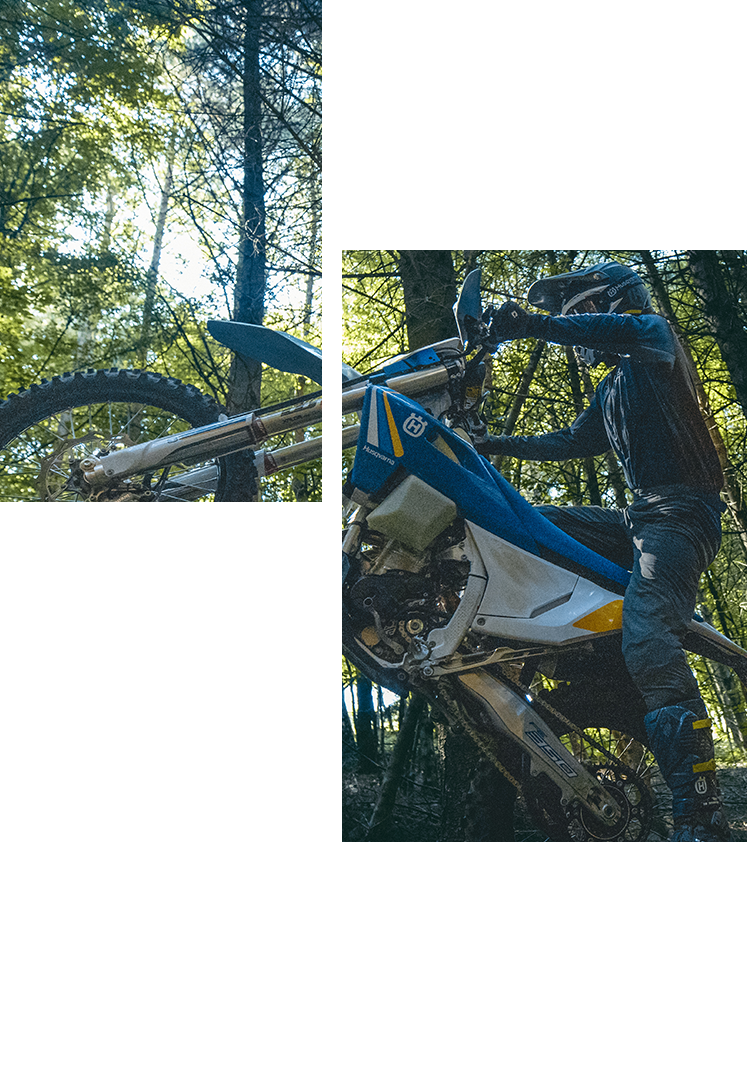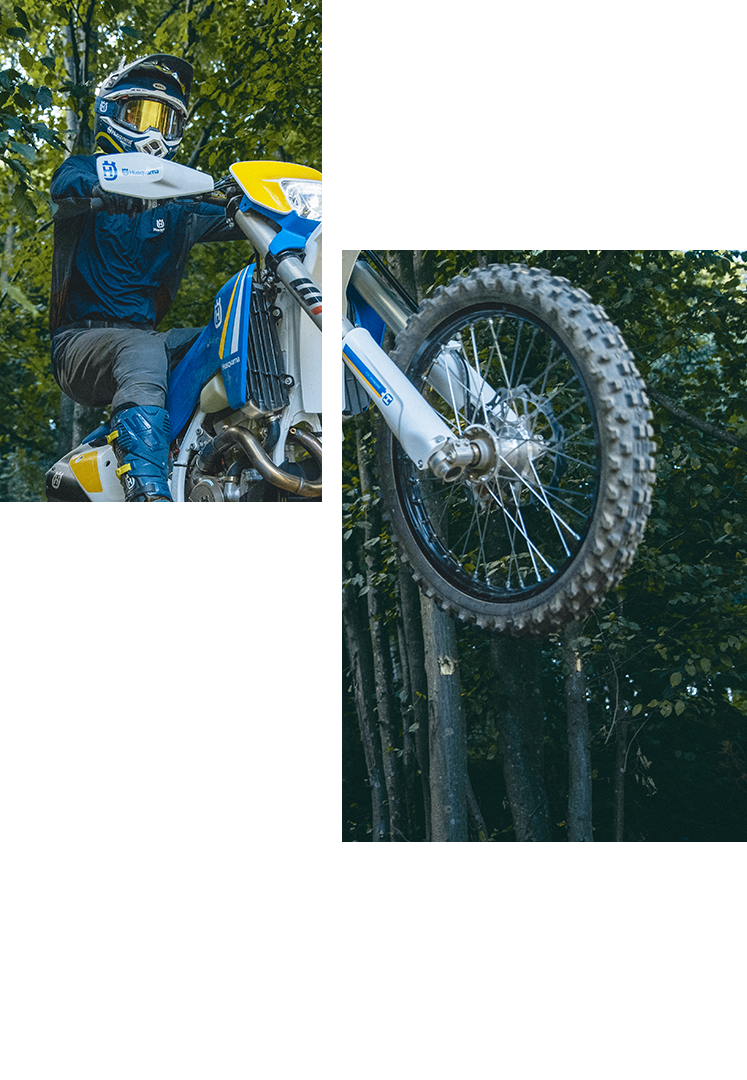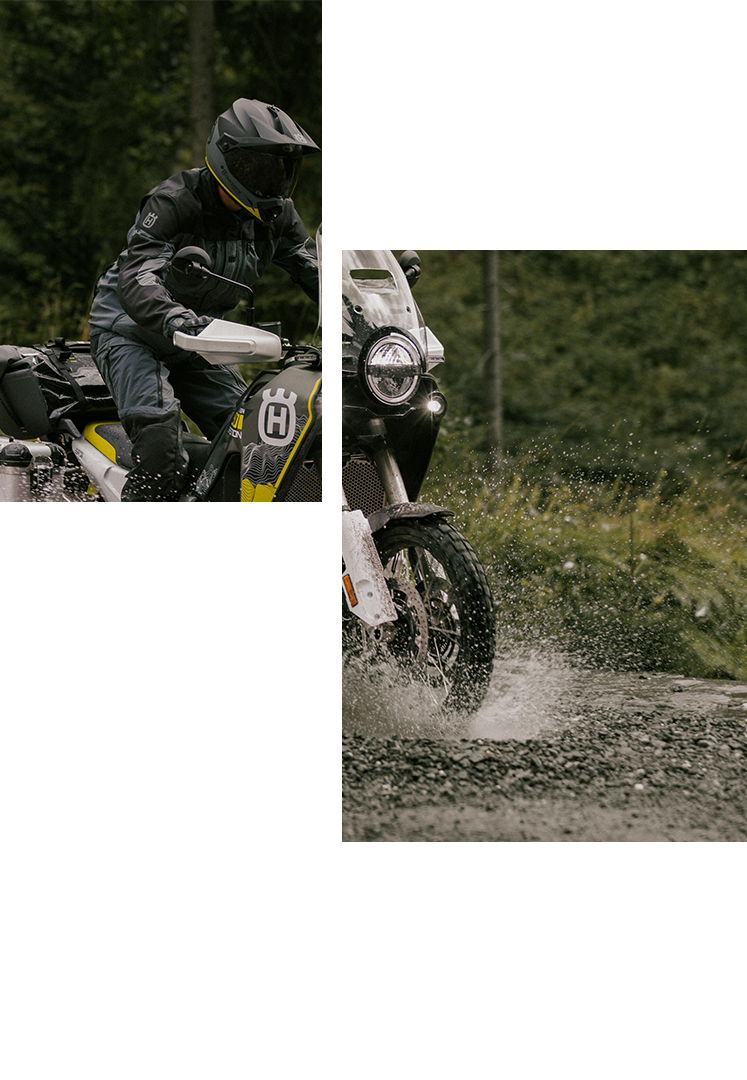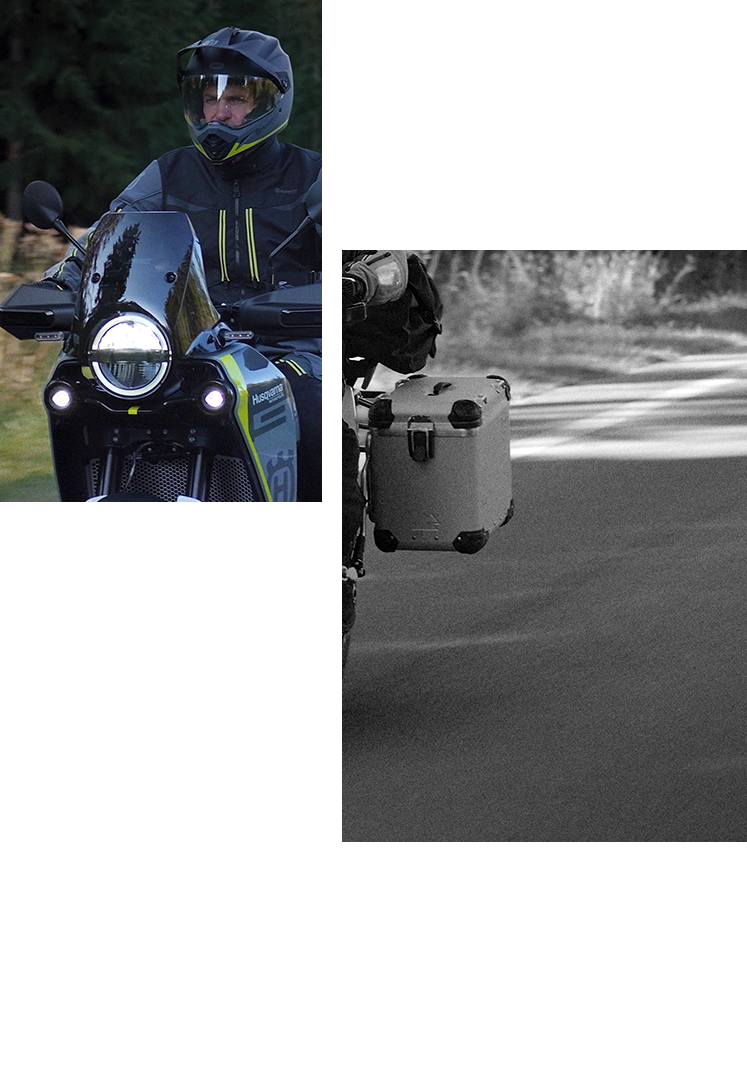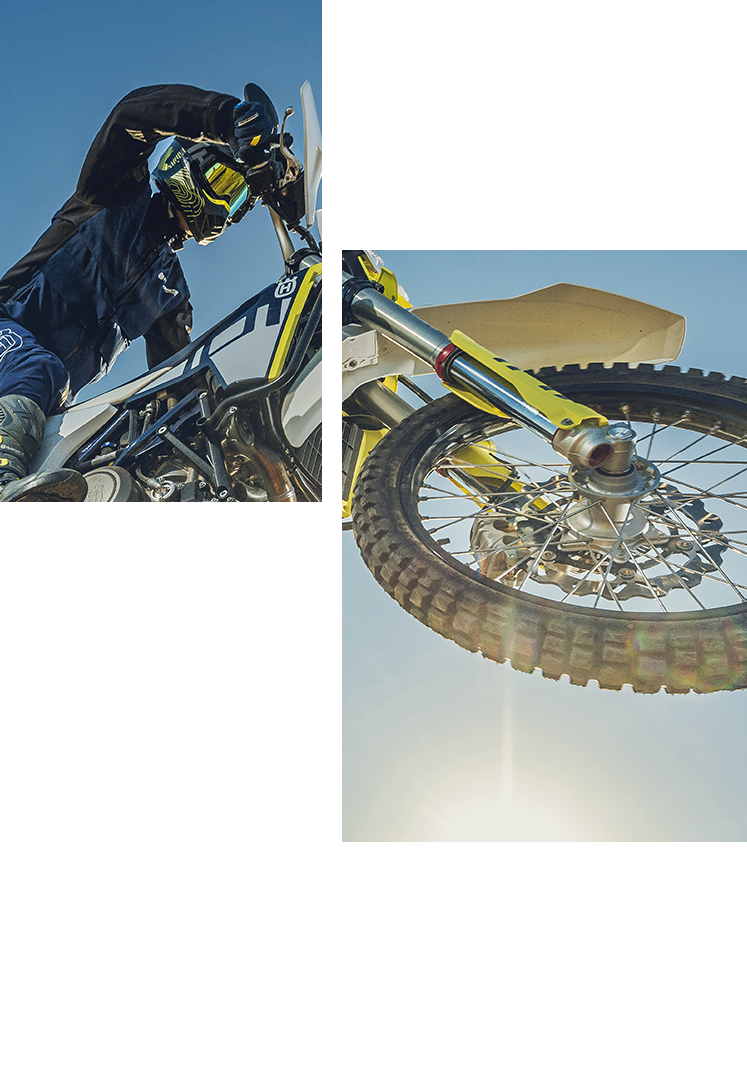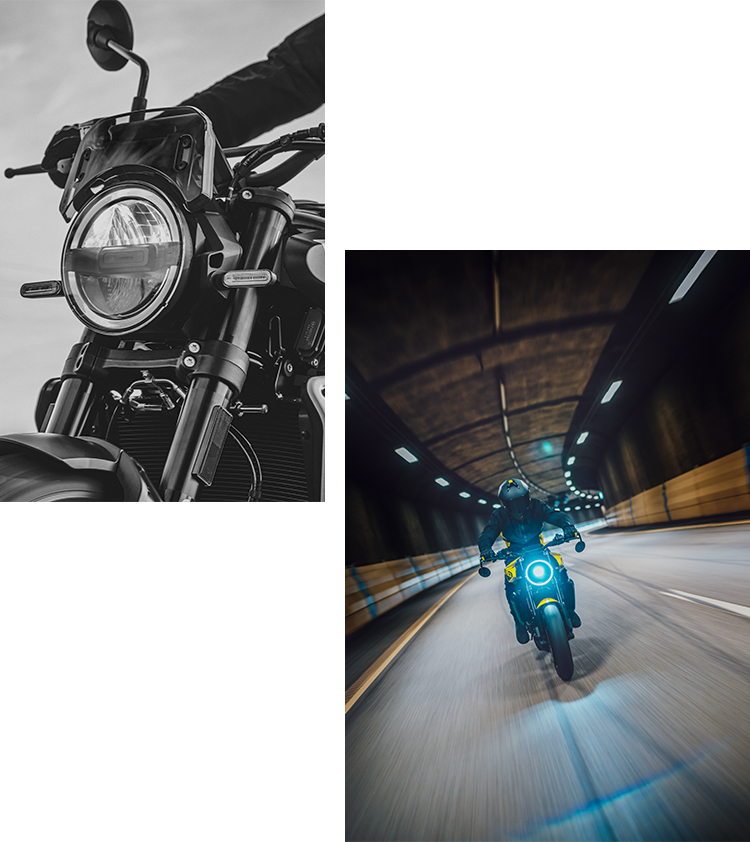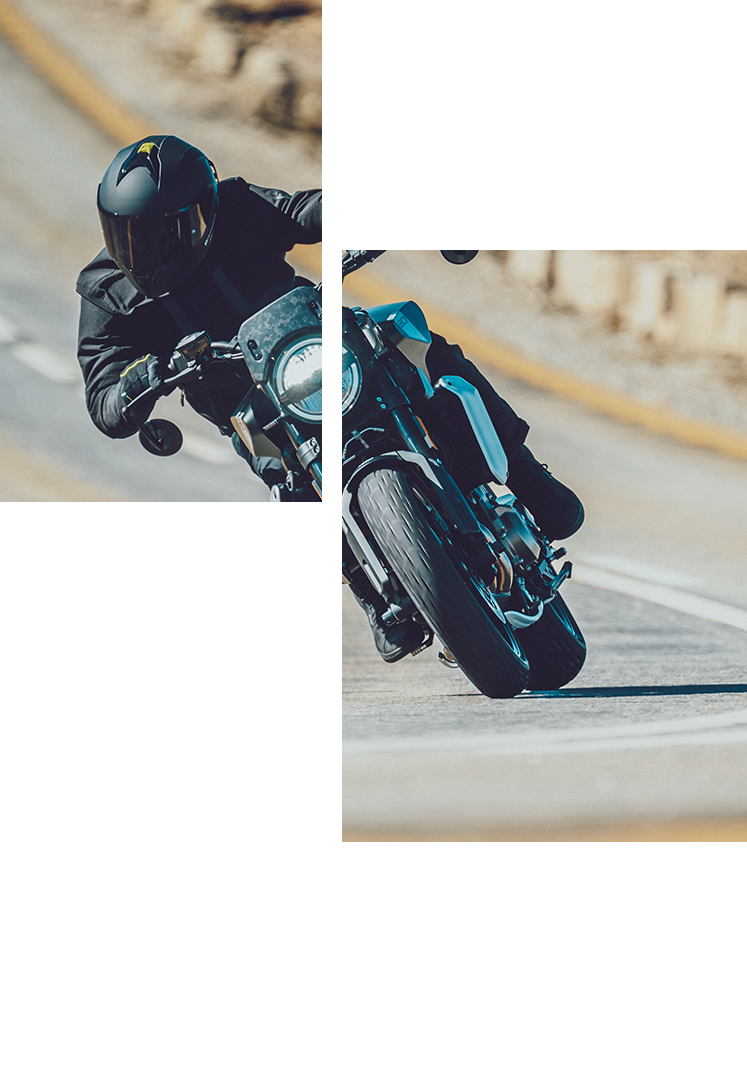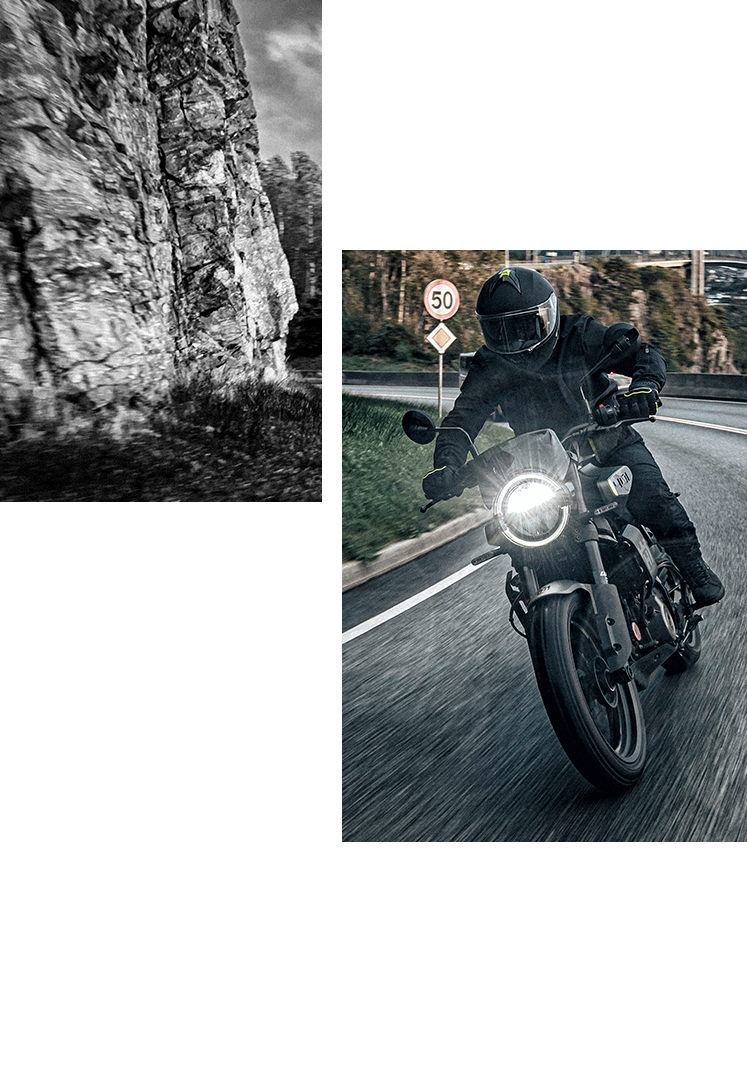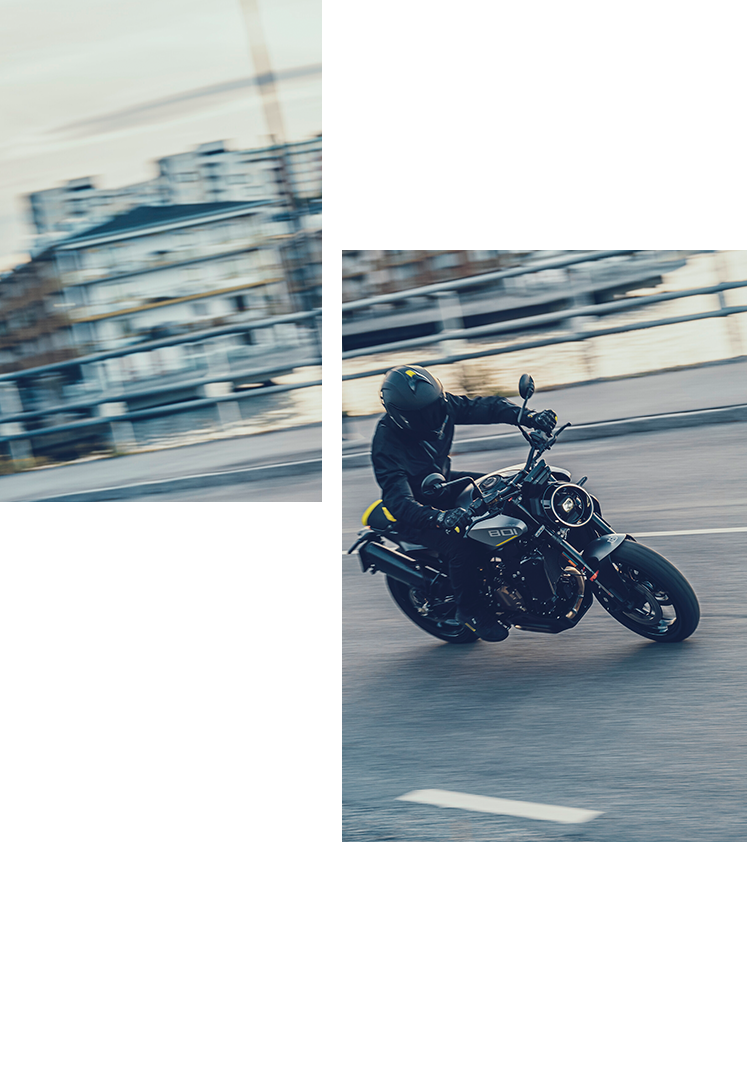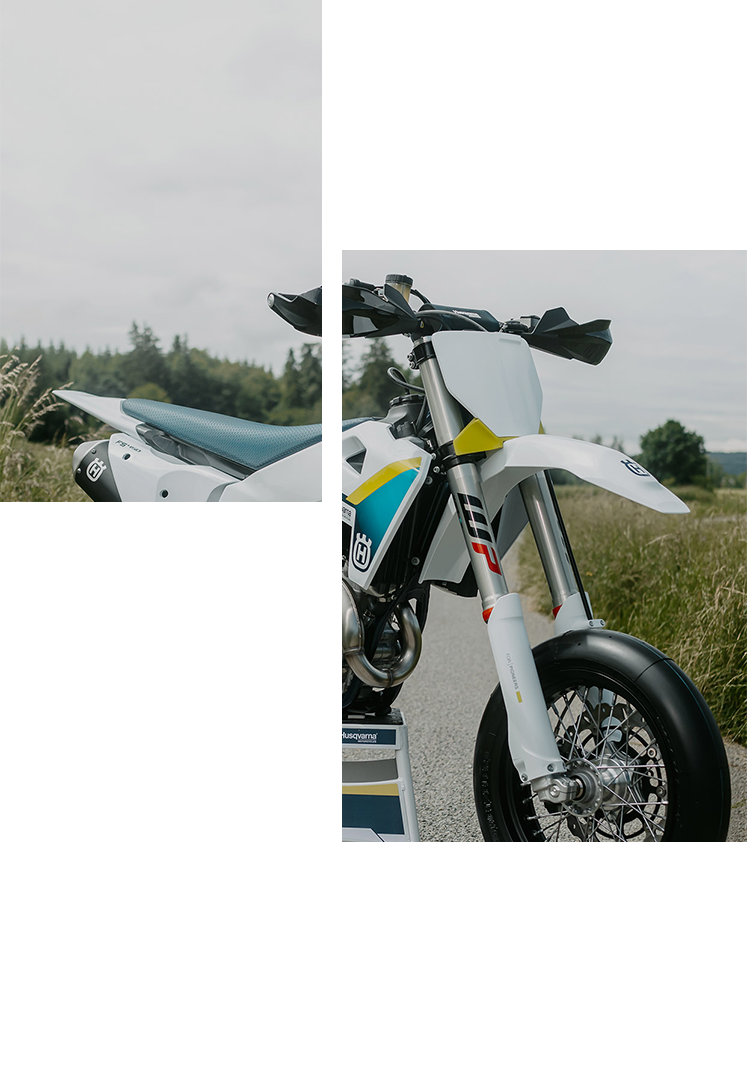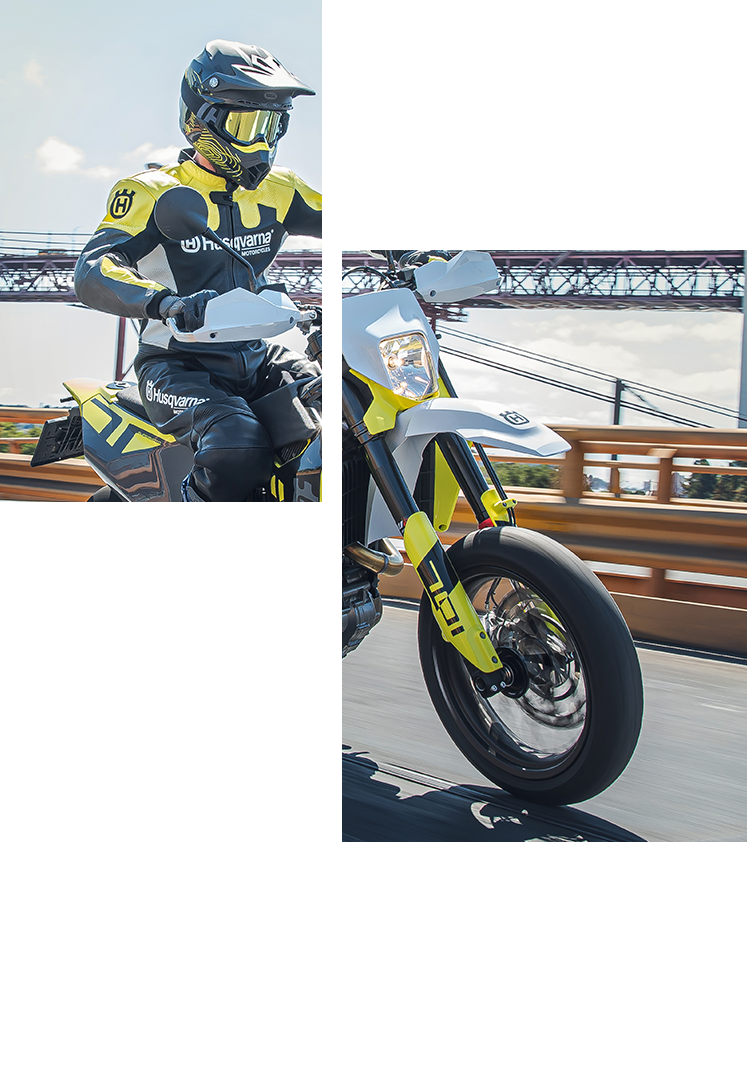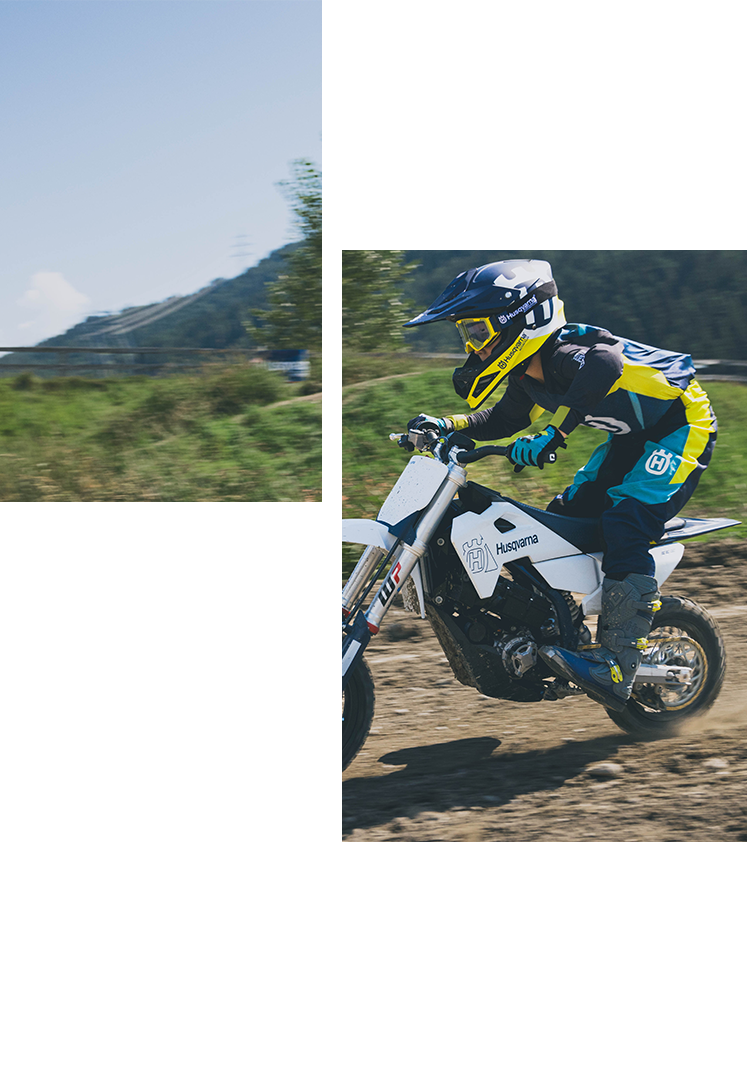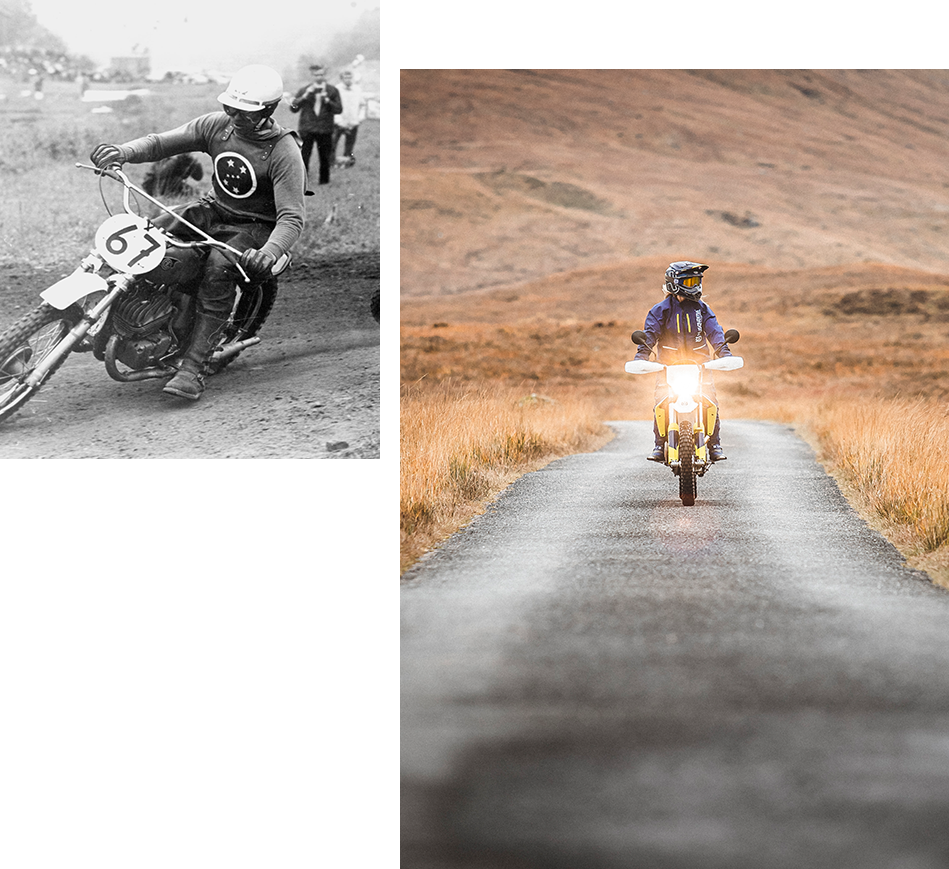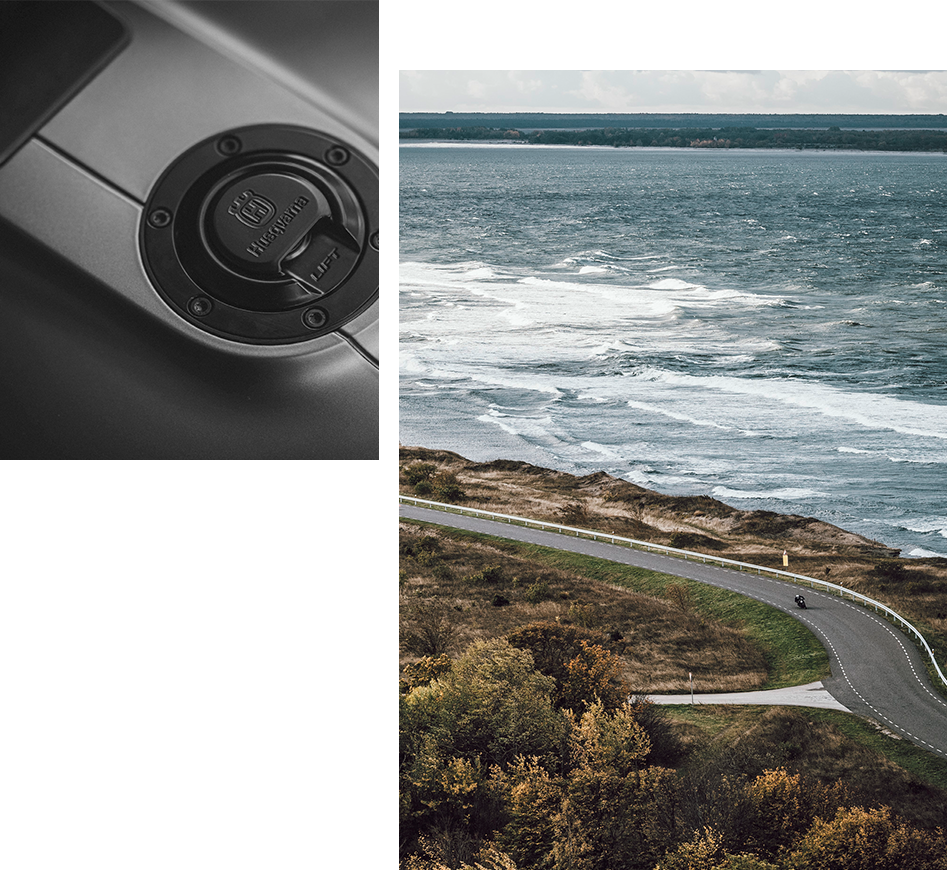A little later, Erik Westerberg turns up at “Holmeja” being a fantastic five minutes ahead of schedule. How does he do it? On top of everything, he has raced the entire event without consulting a map. "I have it all up here," he says smiling, pointing at his head.
Sunday afternoon and a crowd estimated at 10,000 spectators has gathered at the finish in Malmö. Three riders have travelled the 700 kilometres without setbacks. Gunnar Kalén is one of them, taking home the overall victory while Westerberg is fourth with one-and-a-half penalty points for missing a detail. 16 solo riders make the finish while five sidecar carriages complete the race.
Kalén won his 5th Novemberkasan in 1930. He was aiming for his second overall Kasa trophy when he entered the Västeras event in 1933 on Husqvarna and it was now that he put himself on the historical enduro map being the only man to fulfil the event on his reliable machine. It had rained more than usual prior to this race and conditions were severe to say the least. Only 13 competitors thought of conquering these difficulties and came to the starting line. Retirements were plentiful during the initial night stage. Eleven riders had to abandon the event for different reasons. And the 12th man Sigurd Werner was not allowed to continue his adventure as he was far too late at the finish after the gruelling night stretch. So, Gunnar Kalén was the only remaining rider and won with 152 penalty points. Consequently, after six overall wins, he now had two “Kasa” trophies, which is a fantastic record. No one in history has won more “Kasa” events.
